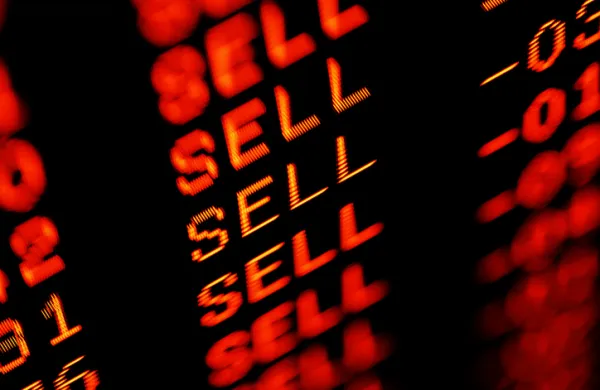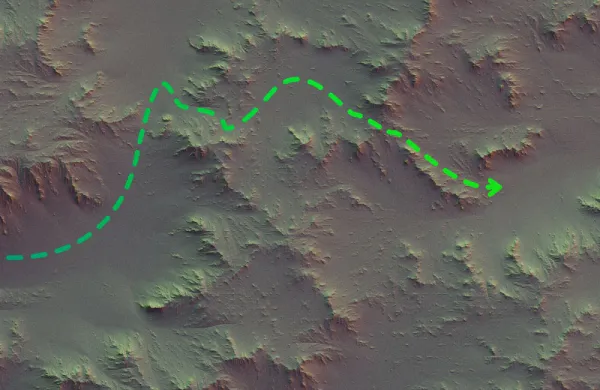By Russell Blinch, for CME Group
AT A GLANCE
- Carbon offset registries underpin what is expected to be a $100 billion market by 2030
- New carbon offset futures contracts aim to set a global benchmark for offset pricing
But behind every effort to deploy voluntary carbon offsets stands two things: an unassailable third-party standard and a registry that tracks the climate mitigating projects.
The private sector is in search of effective climate tools as pressure mounts from investors and consumers for more progress on fighting rising emissions. Carbon dioxide in the atmosphere hit another record in May this year, rising to 419 parts per million, a jump of about a half of a percentage point from the same month in 2020.
With the climate clock ticking, companies and individuals are expected to pour $100 billion into the carbon offset market by the end of this decade, up from about $300 million in 2018, according to Mark Carney, who is heading up a major private sector task force on how to improve carbon offsets.
Carbon Offsetting Options
A carbon offset credit is a transferable instrument certified by independent entities or governments, and each credit represents a reduction of one metric ton of carbon dioxide, or an equivalent greenhouse gas.The credit represents an environmentally sound project that helps to mitigate climate change — such as preserving a forest that was slated to be cleared. After purchasing a credit, a company can “retire” it to claim a reduction in their own greenhouse gas reduction goals.
The process, however, is complex, especially when companies buy off exchanges.
“One thing that's really challenging for companies right now is that the markets are going through an evolution,” said David Antonioli, chief executive officer of Verra, a not-for-profit organization that administers the Verified Carbon Standard (VCS).
The VCS is a global standard with nearly 1,700 certified projects under its belt, which has collectively reduced or removed more than 630 million metric tons of carbon and other GHG emissions from the atmosphere. It is one of four major reduction standards in the industry, along with the Climate Action Reserve, the Gold Standard and the American Carbon Registry.
Verification and Registries
Companies seeking authentic projects can invest in VERs, or verified emissions reductions, which are audited under third-party verification standards. These projects promote activity such as reforestation, better forest management, and switching to green energy from fossil fuels.Offset programs run by independent entities perform three primary functions: they develop standards to ensure the high quality of any credit, they review offset projects against their criteria, and they maintain a registry that manages and retires the credits.
It is complex. Xpansiv, however, also offers a multi tracking tool called the EMA that aims to help companies track multiple projects. The tool gives participants a single account to track their entire environmental asset portfolio, allowing real-time transfer initiation and settlement of credits, including retirements from originating registries.
Another key component of offset projects are the registries operated by third party entities that issue, transfer and retire the offset credits. The registries also help ensure the projects are actually occurring and that there is no double counting.
Verra, for example, says its registry is the “cornerstone” in implementing its standards and programs. It allows the transparent listing of information on the certified projects, providing a picture of retired units, and enables the trading of credits.
The Gold Standard has its Impact Registry; it tracks carbon credits on a public site where any interested party can drill down by country, project type, status or other details. For instance, a user on the site could navigate to the country of Sri Lanka and review the status of two wind power projects in various states of completion.
“A World of Possibility”
When companies consider cutting emissions, they often work with one of the main third-party reduction standards and their established registries.Another difficulty in carbon offsetting is how to price the credits. In March, CME Group launched the Global Emissions Offset (GEO) futures contract, with the aim of the contract becoming a global benchmark, giving customers a way to manage risk in emissions trading, and helping in price discovery.
The GEO futures contract – each of which represents 1,000 offsets – sparked “massive interest” from investors on the CME Group and spot market on CBL, according to Andy Bose, head of XSignals, Xpansiv’s market data and analytics business.
“The announcement validated the idea of a global benchmark contract for high-quality, recently issued credits across all regions and project types,” Bose said via email, adding that the idea of a carbon benchmark was reinforced when Carney’s task force mandated benchmarks as a core principle, with specific mention of the GEO contract.
So far, the CME Group contract has seen a variety of participants out of Europe and the U.S., including commercial firms, banks, and liquidity providers. It has traded nearly 500 contracts across five contract months with more than 240 contracts in open interest. Starting August 1, the CME Group offset offering will expand with a nature-based (N-GEO) futures contract. That contract will be underpinned by Verra’s Verified Carbon Standard for Agriculture, Forestry, and Other Land Use projects. The contract goes beyond simply reducing emissions as it supports local communities and biodiversity conservation by requiring delivered offset credits to include Verra Registry’s Climate, Community, and Biodiversity Standard.
Antonioli of Verra believes futures trading will spur greater investment flows into carbon offset programs. “There's really a huge amount of potential that a number of corporations around the world can help finance this transition.”
“It's both about transparency and the confidence that you can actually invest in this sector. And if you have a sense of what that future price is going to be, that opens up a whole new world of possibilities.”
Read more articles like this at OpenMarkets






